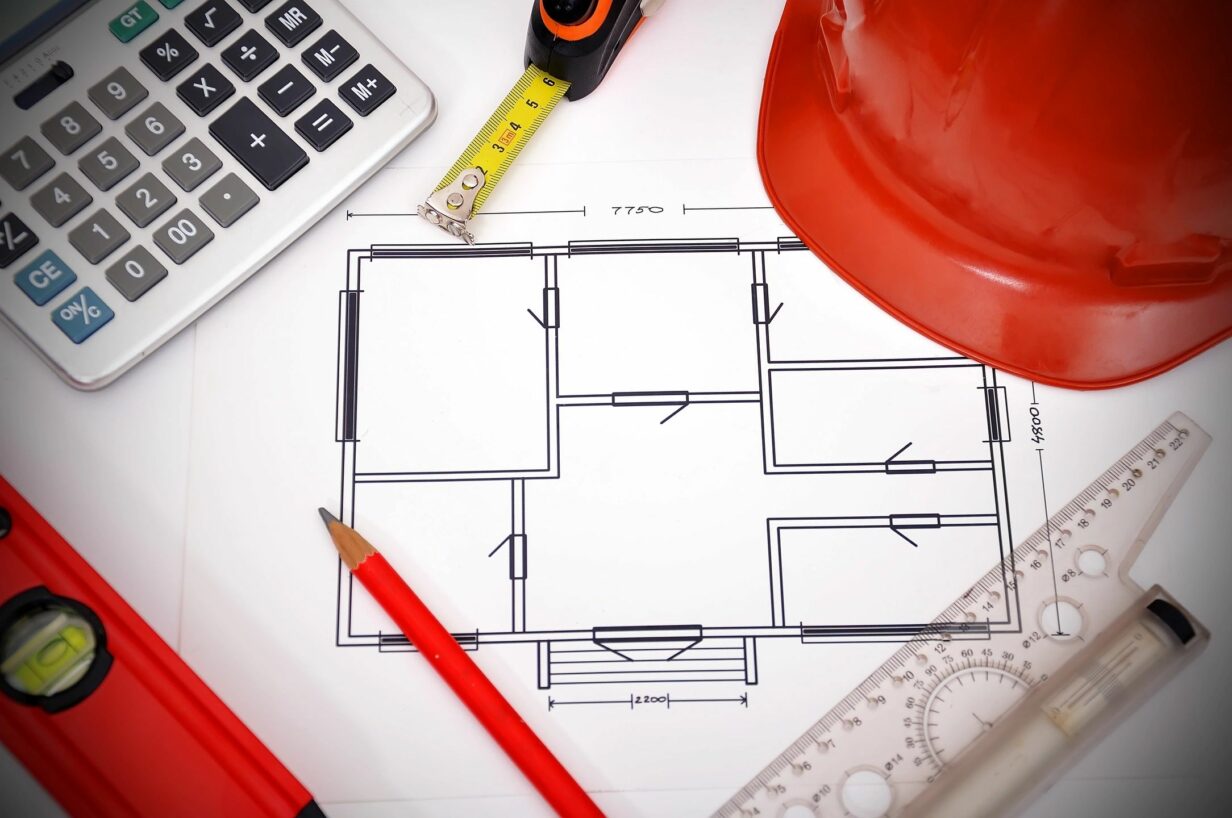
Accurate Estimates
Client Needs
Clients for almost every home service will request a quote for the cost of the service. It is rare that a client calls to simply request a service without some idea of cost. No client really wants to provide a blank cheque to be filled in after the service is delivered.
Contractor Needs
On the other side of things is the contractor, who certainly does not want to have disputes over pricing or what the scope of work was to be completed. It is good practice for a contractor to establish what they are charging for a project and to detail what is included in the scope of the project. Many issues in home service contracting arise from the communication on price versus expectations. Running a great business starts with minimizing this miscommunication when establishing your relationship with your clients. Providing a good estimate and detailed proposal consistently will alleviate many of these concerns.
Calculating an Estimate
An estimate is the accumulation of data relating to the work that is to be done at a given job site. This data is comprised of various measurements of the project, the condition of these areas and the environment in which these areas exist. This data is then interpreted by the estimator into numerical values which describe the time it takes to do the job and the materials and equipment needed. Furthermore, a percentage for overhead (those costs that do not directly relate to a job) must also be assessed as part of the estimate. The ultimate result of the estimating process is a price that is fair and competitive, and which still allows the contractor to make a profit and delivers the service the client expects.
Estimate Defined
Estimates are exactly what the word means—an approximate judgement. This judgement is based on the facts and conditions that exist at the time of the estimate and which can be reasonably observed by the estimator, or explained by the client, at such time. The reality for most contractors is that an estimate (by law in some jurisdictions) must not have a variance of more than 10% from the original price quote, providing there is no change in conditions. If, through a change of conditions, work specifications or an unforeseen circumstance the basis for any part of your estimate changes, then, the estimated price should reflect that change. For a contractor to be successful they must provide accurate estimates.
Estimates are Dynamic
As an estimator, a contractor should realize that estimating is a dynamic activity. Estimating is often one part scientific and one part creative. Formulas for actions and materials are vital in the creation of good estimates but there is also a large part whereby interpretation and creativity to adapt formulas is required. Factors such as clients demands, difficulty to access, timing of projects and simply a contractor’s abundance or lack of booked projects can have effects on the estimating process.
Adaptability of an estimate is another key for estimating. If, for example, a client decides that they only want half of the work done, then the estimated price will reflect that change. Likewise, if the client decides to increase the work to be done the estimated price will increase.
Adjusting Estimates
Estimates can change throughout the job process and it is the contractor’s responsibility to monitor the job and make the changes necessary to maintain the accuracy of the estimate. Additional work, unforeseen circumstances, changes in product requirements are only a few of the things to watch for.
Client Communication
If an estimate needs to be revised, it is vital that you communicate these changes to the client. If a contractor fails to communicate these changes and waits until the end of the job to do so, then the client is less likely to agree to any changes in the original estimated price. Communicate daily with the client about the status of the job.
Successful Estimates
To summarize, a successful estimate will:
- Deliver details that reflect what the client wants;
- Allow the contractor and the client to understand exactly what is to be done and for what cost;
- Assign a percentage for overhead costs;
- Accurately calculate an estimated price given the apparent conditions and specifications of the job;
- Allow for possible changes in specifications or conditions;
- Allow any changes to be immediately discussed and incorporated into the original estimated price and details of the job.
Need help with your estimating techniques? Contact us at QleverQuote to explore our solutions.


Recent Comments